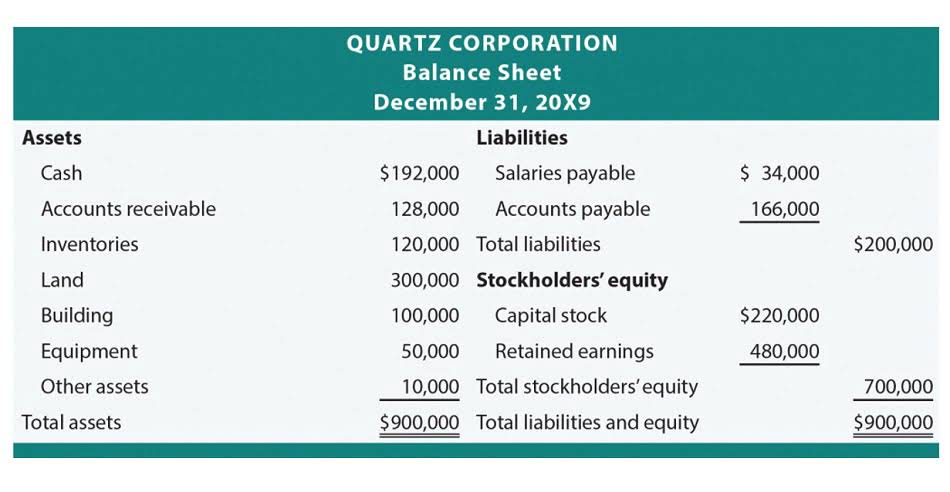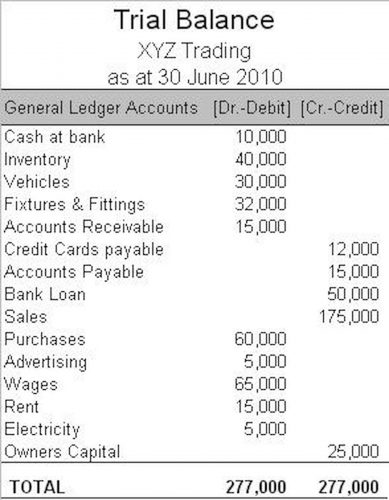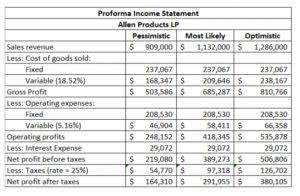The locator LED enable/disable feature is supported in the GUI and not supported in the Cisco ACI NX-OS Switch CLI. ● For the supported hardware, see the Cisco Nexus 9000 ACI-Mode Switches Release Notes, Release 16.1(3). MPLS interface statistics in a switch’s CLI are reported every 10 seconds. If, for example, an interface goes down 3 seconds after the collection of the statistics, the CLI reports only 3 seconds of the statistics and clears all of the other statistics. Typically, faults are generally raised based on the presence of the BGP route target profile under the VRF table.
The release notes for Cisco NX-OS for Cisco Nexus 9000 Series ACI-Mode Switches. Temporary licenses with an expiry date are available for evaluation and lab use purposes. Use a permanent or subscription license that has been purchased through Cisco for production purposes.
Improve results with our services
This document resides on developer.cisco.com and provides information about and procedures for using the Cisco APIC REST APIs. The new REST API procedures for this release reside only here and not in the configuration guides. However, older REST API procedures are still in the relevant configuration guides. Break out the 40G FEX ports on the N2348UPQ to 4x10G ports and connect to the 10G ports on all other Cisco ACI leaf switches. In a multipod configuration, before you make any changes to a spine switch, ensure that there is at least one operationally „up“ external link that is participating in the multipod topology. For more information about multipod, see the Cisco Application Centric Infrastructure Fundamentals document and the Cisco APIC Getting Started Guide.
The separately licensed ESA application for APIC-EM centrally orchestrates and manages network services, making it simple to deploy and manage them. ESA provides a standardized site design, zero-touch deployment, and automated monitoring of network services, regardless of platform. It helps ensure optimal performance of Virtual Network Functions (VNFs) running on the Cisco Enterprise Network Functions Virtualization Infrastructure Software (NFVIS) by monitoring and managing the health and lifecycle of the services.
Cisco offers a broad range of data center software subscription and licensing options to suit the specific needs of your data center. It is the unified point of automation and management for the Cisco ACI fabric, policy enforcement, and health monitoring and optimizes performance and agility. To provide technical feedback on this document, or to report an error or omission, send your comments to apic- We appreciate your feedback. Beginning in Cisco APIC release 4.1(1), the IP SLA monitor policy validates the IP SLA port value. Because of the validation, when TCP is configured as the IP SLA type, Cisco APIC no longer accepts an IP SLA port value of 0, which was allowed in previous releases. An IP SLA monitor policy from a previous release that has an IP SLA port value of 0 becomes invalid if the Cisco APIC is upgraded to release 4.1(1) or later.
APIC-EM periodically scans the network to create a “single source of truth” for IT. This inventory includes all network devices, along with an abstraction for the entire enterprise network. The NIDB allows applications to be device-independent, so configuration differences between devices aren’t a problem. Cisco APIC serves as the single point of automation and fabric element management in both physical and virtual environments.
Automate the interconnect of multiple on-premises and cloud data centers. ● First generation switches (switches without -EX, -FX, -GX, or a later suffix in the product ID) do not support Contract filters with match type „IPv4“ or „IPv6.“ Only match type „IP“ is supported. Because of this, a contract will match both IPv4 and IPv6 traffic when the match type of „IP“ is used. If snmp is not enabled in snmp policy attached to pod containing leader apic, snmp traps will not get forwarded to the external server.
Future versions of APIC-EM will take full advantage of other southbound technologies and device APIs as they are implemented. High availability is provided in N+1 redundancy mode with full data persistence for high availability and scale. All the nodes work in active-active mode for optimal performance and load sharing.
Automation
My take on this is that when they created the initial setup, someone thought it would be a good idea to have a cisco application policy infrastructure controller apic Fabric ID, then discovered that it is not really needed, so use 1 everywhere and forget about it. Come back to expert answers, step-by-step guides, recent topics, and more. Table 1 describes the features and benefits of the Cisco APIC-EM in general availability release 1.5. Empower your hybrid workforce with intelligent, connected spaces and network insights.
- It enables interoperability between a Cisco ACI environment and management, orchestration, virtualization, and Layer 4 through 7 services from a broad range of vendors (Figure 2).
- They bring simplicity, flexibility, and scalability to tomorrow’s services transparently, which helps to lower your total cost of ownership.
- The „show run leaf
- This procedure shows you how to use the APIC REST API to replace a controller in an APIC cluster.
- Remote leaf resiliency is achieved by creating a group consisting of multiple RLs.
Cisco Application Policy Infrastructure Controller Enterprise Module – Release 1.5 Data Sheet
- Using the lacp min-links configuration, you can now configure 32 minimum number of links to be active for the port-channel to be active.
- Within this theoretical model, ACI builds an object model for the deployment ofapplications, with the applications as the central focus.
- After upgrading an ACI leaf, the GBP cache may miss some contracts, which can cause traffic disruptions for the affected EPGs.
The Cisco® Application Policy Infrastructure Controller Enterprise Module (APIC-EM) is our Software-Defined Networking (SDN) controller for enterprise networks (in the campus or branch and the WAN). It delivers an elastic platform for policy-based automation that simplifies and abstracts the network. The platform is built to host multiple, easy-to-use SDN applications that use open, northbound Representational State Transfer (REST) APIs and drive core network automation solutions.
Cisco Capital financing gives you flexibility in acquiring hardware, software, services, and complementary third-party equipment. The APIC-EM platform and its hosted applications can run as a virtual appliance when installed on a hypervisor or a bare-metal server. Cisco SD-Bonjour App enables policy-based Apple Bonjour discovery and distribution across a user-defined network. In this distributed architecture, the next-generation Cisco Catalyst® switches perform Service Discovery Gateway (SDG) agent functions.
Cisco Active Advisor simplifies network discovery and finds security alerts that apply to your devices. It also analyzes contract coverage and end-of-life status and can compare your network against Cisco Validated Designs. The Management Information Tree (MIT) consists of hierarchically organized MOsthat allow you to manage the APIC. Each node in this tree is an MO and each hasa unique distinguished name (DN) that identifies the MO and its place in thetree. Each MO is modeled as a Linux directory that contains all properties inan MO file and all child MOs as subdirectories. Cisco Services help determine IT readiness, simplify operations, and reduce risk through expert guidance and centralized support.
Networking Essentials
To address this issue, the recommendation is to check MTS, enable jumbo frames at the management network, and verify the MTU settings at CIMC’s management interface. It’s noted that having jumbo MTU enabled at the CIMC management interface could lead to retransmission issues as seen in the logs. You should see the invitation for initial setup – here you can configure oobmgmt IPv4 address to use API/GUI or feed the JSON line with the payload containing cluster and controllers configuration. Cisco Network Plug-and-Play provides a highly secure, scalable, seamless, and unified zero-touch-deployment experience for customers across Cisco’s entire enterprise network portfolio of wired and wireless devices. It reduces the burden on enterprises by greatly simplifying the deployment process for new devices, which can significantly lower Operating Expenditures (OpEx) as well. You can rely on us because we’re the worldwide leader in IT that helps companies seize the opportunities of tomorrow.
This architecture simplifies, optimizes, and accelerates the entire application deployment lifecycle. Cisco Application Policy Infrastructure Controller (APIC) is the software, or operating system, that acts as the controller. The end-of-support date for Cisco Application Policy Infrastructure Controller (APIC) version 5.3(2) is October 31, 2024. This means that after this date, Cisco will no longer provide technical support, software updates, or security patches for this specific version. It is recommended to upgrade to a newer version to ensure continued support and access to the latest features and security improvements. Cisco Capital® can help you acquire the technology you need to achieve your objectives and stay competitive.
In this case, using one uplink profile with two policies might cause traffic disruption for a non-default teaming policy. PTP is now supported on N9K-C9408 with N9K-X W line card extension module (only on fabric links). See how ACI makes application deployment simpler, faster and more efficient. With Multi-site, it is all about the IPN and the IP addressing used that distinguishes one fabric from another. Remember APICs are always deployed in Odd numbers e.g. 3, 5, 7, and 9. The Cisco APIC-EM is accessible with a click-through license when you download or install the product.
An external EPG in an L3Out that is used to connect to the campus is missing even though the corresponding service graph in the outbound filter still exists. Licensemgr process crashes on node-1, with Smart license mode being „Direct connection to CSSM” under smart license settings. Endpoints capacity data mentioned in summary is not shown in new capacity dashboard. The „Fixed In“ column of the table specifies the 6.1(3) release in which the bug was first fixed. When using two different host profiles (for example UCS C-Series and UCS B-Series) to deploy NSX, the uplink policy will be different for the host profiles.
As application usage gets more pervasive across an enterprise’s network, IT professionals are looking to build solutions for consistent policy and encryption from the campus to the datacenter. With ACI integrations with SDA/DNA Center and SD-WAN, customers can now automate and extend policy, security, assurance, and insights across their entire networking ecosystem. ACI enables automation that accelerates infrastructure deployment and governance, simplifies management to easily move workloads across a multifabric, multicloud framework, and proactively secures against risk arising from anywhere. It radically simplifies, optimizes, and expedites the application deployment lifecycle.
















